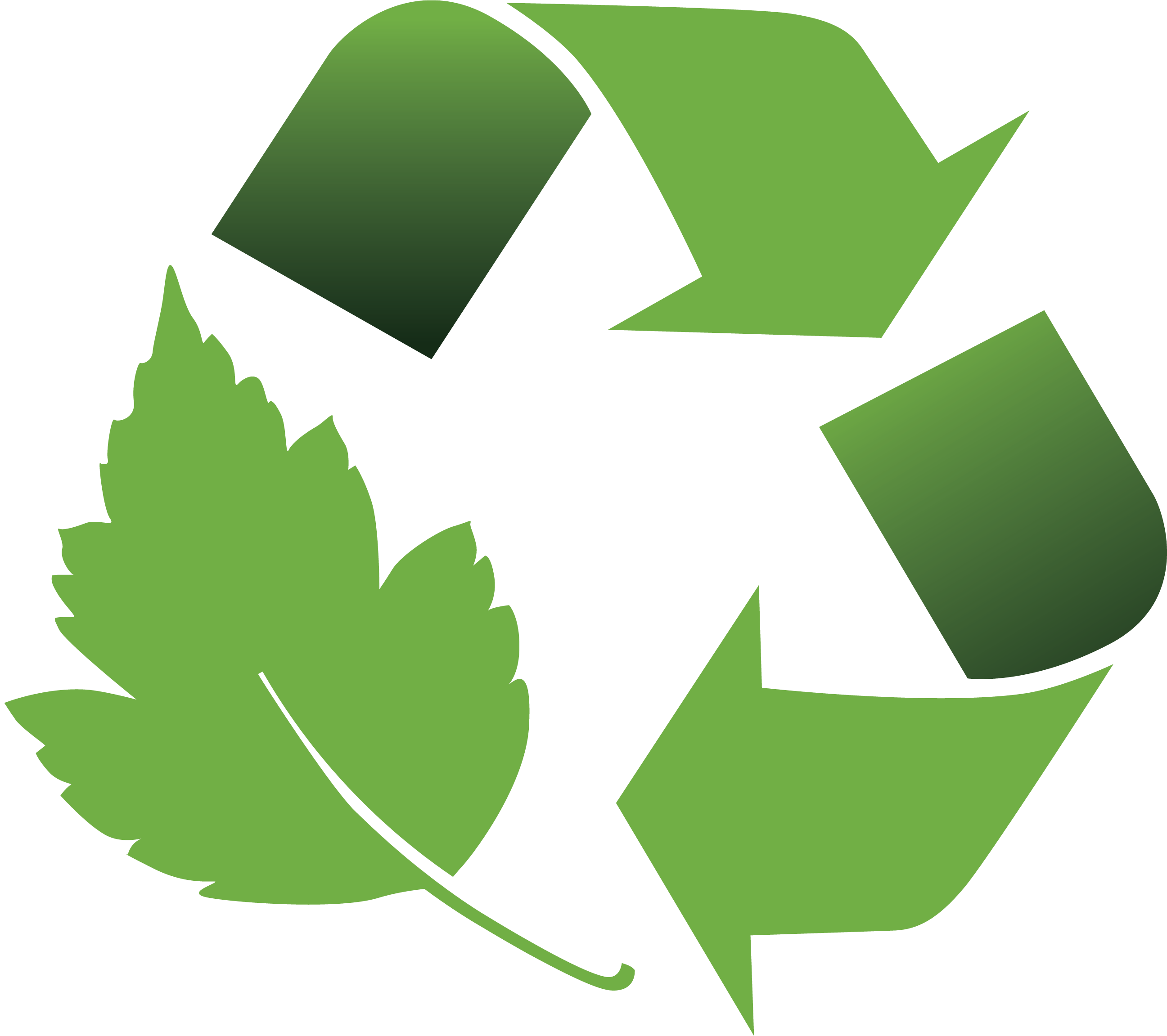Importance of Transparency and MSDS's
Importance of Transparency and MSDS’s
Whether a company is a business-to-business based operation or a business-to-consumer based one, providing customers with products of value is the goal.
Often times, however, companies overlook health and safety concerns in order to maximize their sales and profits. Unfortunately, this is something we’ve seen time and again- companies jeopardizing the well being of their own customers through safety loopholes or outright negligence.
Intercept® Silver & Jewelry Care Co. has always held itself to a higher standard of transparency in order to ensure the health and happiness of all our customers, and we’d like to enlighten you a bit about employee safety and federal health regulation – and how a business’s “trade secret” could result in major problems.

OSHA and MSDS
The Occupational Safety and Health Administration (OSHA) is an agency of the United States Department of labor founded in 1971. Since its inception, its has stated its mission as, “to assure safe and healthful working conditions for working men and women by setting and enforcing standards and by providing training, outreach, education and assistance”.
In addition to countless other safety upholding regulations, in 1986 OSHA began requiring MSDS’s, or Material Safety Data Sheets, to be supplied with a variety of materials. An MSDS is a document that gives detailed information about the nature of a chemical/substance.
These sheets were created in order to inform employees working with hazardous chemicals with crucial information, such as a product’s toxicity, health effects, reactivity, storage and proper disposal.
The primary intention of an MSDS was the assurance of employee safety through transparency and education.
While this all sounds well and good, the OSHA required MSDS had inefficiencies, the main one being a lack of standardization.
Under the act in which MSDS’s were created and required, no standard format was outlined, MSDS’s varied in length and quality and there was no established standard of terminology, resulting in misleading or unclear information.
There was also a clause in the OSHA act that allowed for companies to forgo disclosure of hazardous materials in their products by listing them as “trade secrets”; proprietary information that the holder of the secret does not wish to be known to others due to the advantages it provides over competitors.
In not wanting to potentially give away specific formulas or compounds, some manufacturers began declaring the chemicals used in their products as “trade secrets”, rendering them clear of disclosure.
So long as the company outlined an exposure limit to those coming into contact with the (unknown) chemicals of their product, and that they could prove their formula as legitimately proprietary, manufacturers didn’t need to let you know what was in their product.

MSDS to the SDS
In the early 2000’s, the U.S. Chemical Safety and Hazard Investigation Board became aware of the MSDS’s major deficiencies. After numerous accidents and tragedies caused by hazardous materials in the workplace, the board conducted an investigation and uncovered the vague inaccuracies present in manufacturers’ MSDS’s.
With this came OSHA’s implementation of the Globally Harmonized System of Classification and Labeling of Chemicals or GHS (quite a mouthful, we know). The OSHA and the GHS got rid of the MSDS and created a standard format, now known as the Safety Data Sheet.
Today’s Safety Data Sheet now requires a 16-page length and stricter structure of informational material. It also requires that this information be readily and easily accessible by employees who work with these chemicals.

A Step in the Right Direction
It would seem that the problems of employee safety with regards to contact with hazardous materials has been solved, however, there are still ways in which manufacturers and distributors get around the GHS.
The “trade secret” clause is still in effect and recognized by OSHA, meaning companies and manufacturers may NOTbe responsible for listing hazardous chemicals in their products. This can/still results in serious health hazards.
Similarly, if a manufacturer can label its item as an article, also known as, “a manufactured item that is formed to a specific shape or design during manufacture”, it also may not need to supply an SDS.
It’s important to know what’s in your products, and that’s why Intercept® Silver & Jewelry Care has always embraced transparency, keeping you informed and safe.
Because our products do not utilize oils, volatile chemicals, or toxic materials, we’ve got nothing to hide. Regardless of the products you choose or the manufacturers you buy from, it’s important to know what you’re getting, what chemicals you’re coming into contact with and what their overall health risks are. So stay up-to-date, stay educated and stay ahead of the curve.





